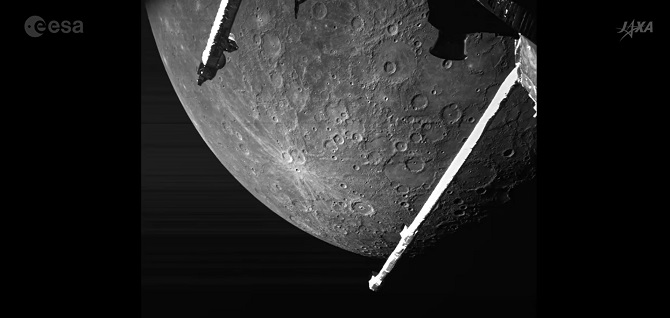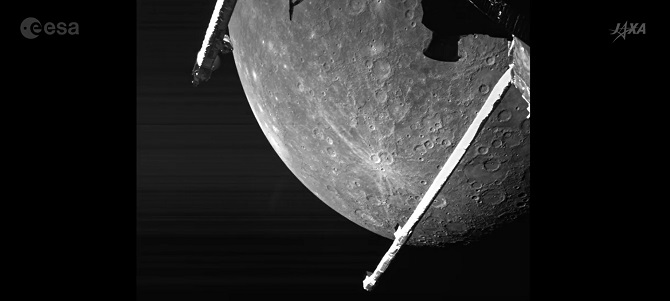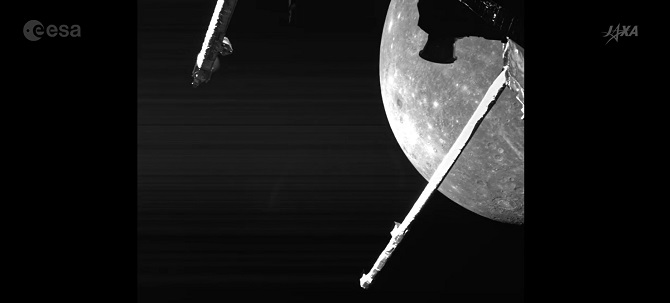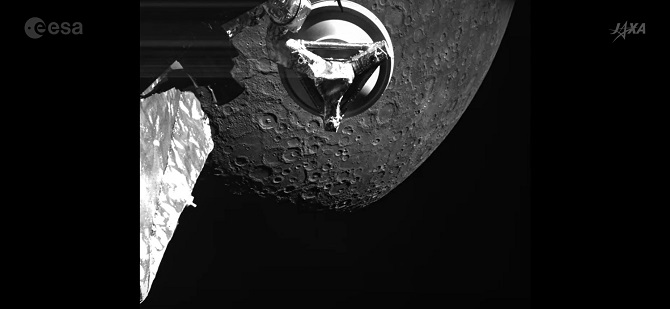For the second time, the BepiColombo spacecraft made a very close flyby around Mercury, during which it took a series of unique photographs. On them you can see the surface of the planet, as well as craters on it. According to Space, one of the largest boats in the solar system, the Plain of Heat, also got into the pictures.

BepiColombo will study the internal composition of Mercury and its surface when it enters a stable orbit of the cosmic body. This will happen in December 2025. For these purposes, he has already circled the Earth, twice circled Venus and Mercury. He still needs to make four close passes, after which he will be able to enter orbit.

The device was launched in 2018, it was developed by the Japan Aerospace Exploration Agency and the European Space Agency. The two vehicles that make up BepiColombo will separate after entering a stable orbit to send data about the planet to Earth.

As in December 2021, the device again approached Mercury at a distance of 200 km. Just like during the first flyby, he took a new series of pictures. But the photos themselves were not taken from the closest distance. So, on one of them the planet is captured from a distance of 920 km. After the scientists received all 56 images, they edited a short video.

Pictures were taken with low resolution cameras as high resolution cameras are currently disabled. In addition, the device “saw out” the geological features of Mercury – craters and tectonic cracks.
Some of the images show the largest impact crater on Mercury. It is considered one of the largest such objects in the solar system. Its diameter is 1550 km, and researchers believe that it was formed by the fall of an asteroid with a diameter of 100 km.

BepiColombo is the second spacecraft in the world to orbit this planet. It also became the third spacecraft in the world to photograph the surface of Mercury. So, in 2011-2015, Messenger was in orbit, he explored the planet’s magnetic field and ice in the polar regions. Then scientists were surprised that on a celestial body, where the temperature is 420 degrees Celsius, ice can remain.







Only registered users can leave comments